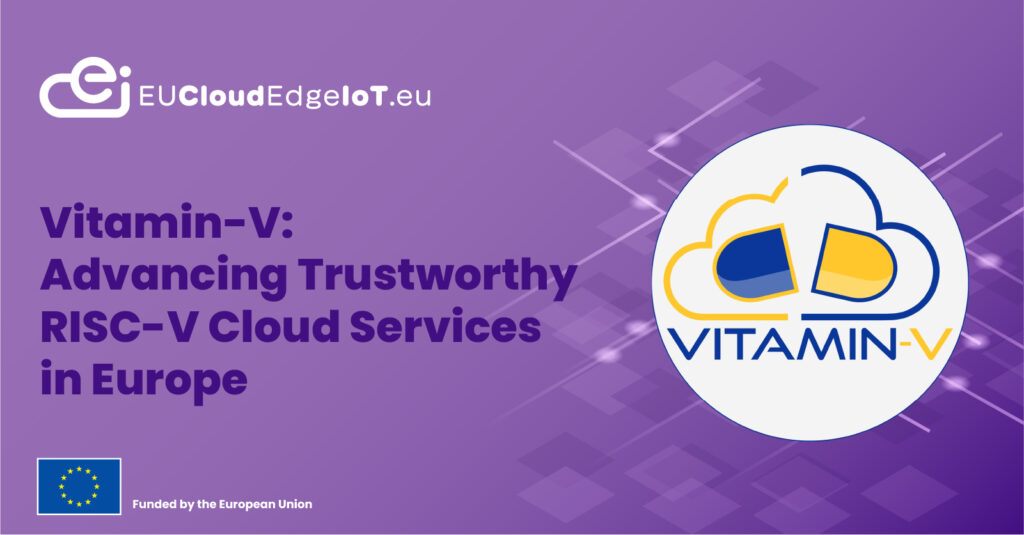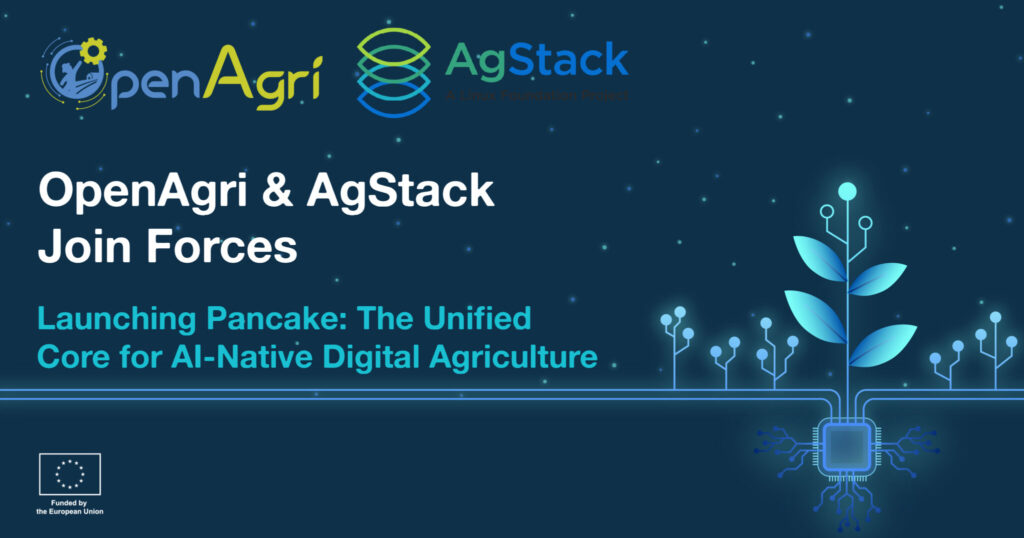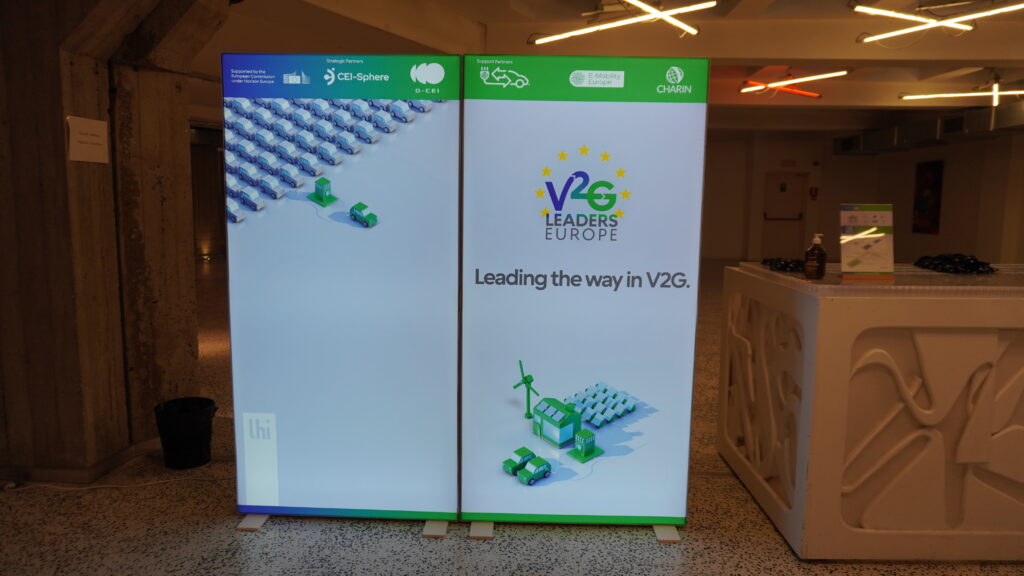The energy sector stands at the forefront of Europe’s digital transformation, with Cloud-Edge-IoT (CEI) technologies emerging as foundational enablers for creating sustainable, efficient, and resilient power systems. While Europe commits to ambitious climate and digital targets—such as the European Green Deal and the Digital Decade Strategy—the energy sector faces a key challenging phase, transitioning towards a model that balances technological sovereignty with environmental responsibility.
In this context, integrating CEI technologies within energy infrastructure is both a strategic choice and a necessity to meet these goals, particularly given the sector’s role in powering other industries, from manufacturing to transport and healthcare.
Europe’s energy transformation is also anchored in initiatives like the European Data Strategy, the REPowerEU plan, and the Clean Energy for All Europeans package. These policies emphasise the importance of data-driven solutions, cross-sectoral integration, and sustainable practices, aiming to create a more interconnected energy ecosystem capable of managing real-time data flows and supporting Europe’s energy independence goals. Within this policy framework, CEI technologies, which facilitate efficient data processing and rapid response times at local and regional levels, are pivotal to advancing the EU’s overarching digital and green transition agendas.
In line with these priorities, technological advancements such as smartly connected heat pumps and grid-interactive energy systems are emerging as indispensable components for modernising Europe’s energy infrastructure. Innovations like grid-connected heat pumps enable two-way communication between distributed energy resources and the grid, optimising energy consumption by responding dynamically to supply and demand fluctuations. This approach not only reduces energy costs for consumers but also stabilises the grid, allowing for greater flexibility and integration of renewable energy sources—key components in achieving the EU’s 2030 targets for renewable energy uptake and emissions reductions.
The integration of CEI frameworks within these solutions offers a scalable model for the energy sector, where interoperability and flexibility are essential to managing diverse energy sources and applications. By leveraging CEI-enabled digital energy solutions, Europe can address its energy security needs while enhancing cross-industry resilience, supporting the long-term goal of technological sovereignty, and positioning itself as a leader in sustainable digital infrastructures.
Supporting these advancements, the newly launched CEI-Sphere project—an EU Horizon-funded initiative—will play a pivotal role in enhancing Europe’s CEI infrastructure, focusing particularly on sectors like energy. Launched in October 2024, CEI-Sphere is structured to foster an integrated Cloud-Edge-IoT ecosystem across Europe. Through sustaining two Large-Scale Pilots (O-CEI and COP-PILOT), CEI-Sphere will showcase the practical applications and sector-specific advantages of CEI infrastructure. These pilots, launching in early 2025, will address challenges around interoperability, energy efficiency, and scalability, directly contributing to Europe’s objectives for a sustainable and autonomous digital infrastructure.
With projects like CEI-Sphere leading the change, the energy sector—and others—are set to experience a digital transformation that aligns with Europe’s strategic vision for a green, sovereign, and competitive technological landscape.
For further updates on the project, please subscribe to our newsletter.




